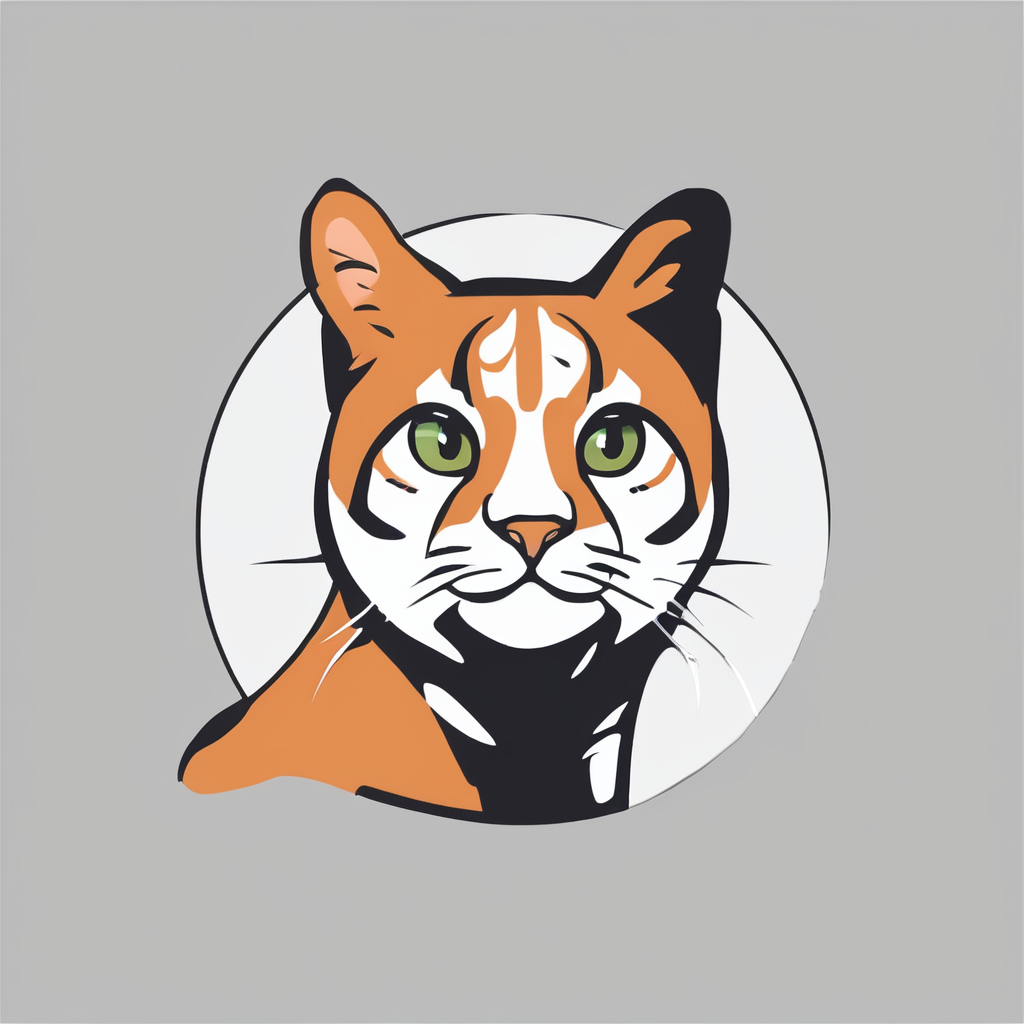Core Reasons Cats in the UK Have Unique Toy Preferences
Understanding cat behavior in the UK requires considering their distinct environment and living conditions. UK cats often experience indoor lifestyles due to weather and urban settings, influencing their toy preferences. These cats tend to favor toys that simulate hunting, such as interactive feather wands or puzzle toys. This mirrors their strong predatory instincts, a key aspect of cat psychology shaped by their sensory perceptions.
Domestic routines also shape what UK cats find engaging. Owners who actively interact through play encourage preferences for toys that respond to movement or sound. This dynamic interaction stimulates their natural instincts and reduces boredom. In contrast, passive toys may quickly lose appeal without owner involvement.
Also read : What Unique Habits Do Cats Exhibit in the UK?
From a scientific angle, feline sensory systems—sight, smell, and touch—drive their attraction to particular toys. UK cats often prefer toys with varied textures or sounds, activating their tactile and auditory senses. The combination of these factors makes UK cats’ toy preferences unique, blending instinctual drives with environmental and social influences, highlighting the intricate link between cat psychology and everyday living conditions in the UK.
Behavioral and Environmental Factors Impacting Toy Choices
Understanding cat behavior is essential when selecting toys that truly engage your feline friend. In typical UK environments, indoor settings often feature limited vertical space, influencing cats’ preferences for toys that simulate climbing or hunting. Many UK cats display a mix of play patterns, from solitary stalking and pouncing to interactive play with their owners. These play styles tend to reflect individual personality as well as environmental stimuli.
Also to discover : What are the top UK destinations for cat-friendly holidays?
The contrast between urban and rural living significantly affects toy engagement. Urban cats, often limited to flat indoor spaces, usually prefer toys mimicking prey, like feather wands or laser pointers, which align with their hunting instincts. Conversely, cats in rural areas may combine toy play with outdoor exploration, showing less dependence on artificial enrichment.
Providing enrichment tailored to these behaviors supports mental and physical well-being. Toys designed to stimulate natural instincts, either through movement or texture, encourage cats to express their typical behavior, preventing boredom. Thus, recognizing the effects of the UK environment and typical cat behavior helps optimize toy selection to suit varied play patterns.
Cultural and Regional Differences in Cat Toy Preferences
Exploring how local habits shape feline playtime
Cultural influence plays a significant role in shaping cat toy preferences. In the UK, pet retail trends heavily emphasize interactive and natural-feeling toys, reflecting the UK pet culture’s focus on enriching cats’ mental and physical stimulation. Popular brands prioritize safety and sustainability, which affects the types of toys readily available to British cat owners.
Comparing UK cats’ preferences with those in other countries reveals interesting contrasts. For instance, while UK cats often favor feather wands and plush mice, cats in Japan might prefer mechanical toys or automated laser pointers, influenced by the tech-savvy nature of local owner lifestyles. Similarly, in parts of Europe, traditional bell balls and simple string toys remain preferred due to longstanding customs.
Local customs heavily dictate toy selection. Owners in urban UK settings might choose compact, space-saving toys, whereas rural homes may offer more natural elements like catnip-filled toys or outdoor play options. Understanding these nuances helps manufacturers and pet owners alike tailor toy choices that enhance engagement and satisfaction across different regions.
Popular Toy Types Favored by Cats in the UK
Understanding the best cat toys that resonate with cats in the UK helps owners provide engaging playtime. Interactive toys dominate favorites because they simulate hunting behaviors, challenging a cat’s intellect and agility. UK favorites often include feather wands, laser pointers, and motorized mice, which appeal to the predatory instincts embedded in many cat breeds.
Cats tend to favor toys that offer varied textures and motion. Natural materials like wool and sisal are increasingly preferred, as they provide tactile satisfaction and appear safer, aligning with the recent UK trend toward eco-conscious pet products. However, artificial materials like plastic and synthetic fibers prevail due to durability and ease of cleaning.
The variety in the cat toy selection reflects the diverse energy levels and play styles among UK cats. For example, active breeds respond well to chase-and-capture toys, whereas more reserved cats benefit from puzzle feeders and soft toys. Offering a balanced mix of both natural and artificial materials ensures the best engagement.
By paying attention to these aspects, caretakers can select the best cat toys tailored to their pet’s personality and breed instincts, enhancing both mental and physical stimulation.
Guidance for Choosing the Right Toys for Cats in the UK
When selecting toys for your cat, understanding their personality is crucial. Cats vary widely: some prefer interactive play, while others enjoy solo activities. Tailor your choices based on whether your cat is energetic or more reserved. For example, a chase-loving cat thrives with feather wands or laser pointers, whereas a calmer feline may prefer soft plush toys.
In the UK, cat welfare standards emphasize safe and non-toxic materials in toys. Avoid small parts that could be ingested or sharp edges that might cause harm. Enriching toys that stimulate natural hunting instincts—such as puzzle feeders or toys that mimic prey movement—can keep your cat mentally and physically engaged.
Experts recommend gradually introducing new toys to prevent overwhelming your pet. Present the toy during quiet moments and engage your cat gently. Rotate toys regularly to maintain interest and prevent boredom. Effective playtime supports your cat’s well-being and promotes a strong bond.
By following cat toy advice grounded in UK-specific guidance, you ensure both safety and enrichment, crafting a happy environment tailored to your cat’s unique preferences and welfare needs.
Technical Specifications and Performance Metrics
Understanding the key technical specifications of robot hoovers sheds light on their practical performance. Battery life is paramount; models typically offer between 60 to 120 minutes of run-time, ensuring coverage of most homes without frequent recharging. Suction power, measured in Pascals (Pa), ranges widely, with higher values indicating stronger debris pickup. This directly affects how well the robot handles different floor types, from carpets to hard floors.
Navigation technology plays a crucial role. Advanced systems use lasers or cameras to map rooms, avoiding obstacles and optimizing cleaning paths. This results in more efficient and thorough cleaning sessions. Sensors detecting dirt levels or drop-offs, such as stairs, add safety and precision.
Noise levels, often overlooked, matter for home comfort. Most robot vacuums operate between 55 to 70 decibels, roughly the background noise of a conversation or moderate rain.
Together, these specifications determine the machine’s effectiveness and user satisfaction. When choosing a robot hoover, aligning features like battery life, suction power, and navigation with your home’s layout and cleaning needs ensures the best performance and convenience.

